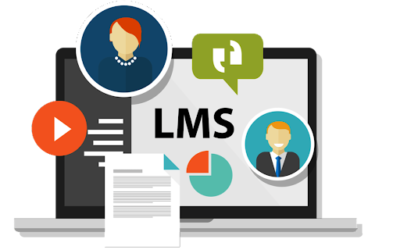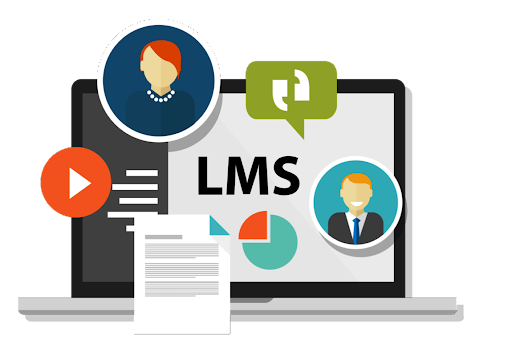Practical Steps To Invoicing – A-Z Guide for New Business Owners (+ other tips on record-keeping)

From an overview, it is right to say that business owners, particularly pioneers of new establishments, venture into economic activities in a bid to maximize profits. Many of them also do so to, on the side, become marketable behemoths. That is to say, they want to be at the top of the game while doing what their competitors do. As much as this is desirable, many a startup get stuck at the point where they begin to implement their plans.
More so, the success stories of big names in the world of business, for instance, featured how the founders started small. They did this by exhibiting certain qualities and putting functional frameworks in place. Proper management strategies, sales mechanization, provision of quality services, record keeping, excellent attempts at product development and customer relationship consolidation constitute some of these frameworks.
In this wise, it is only ideal that new-day businesses learn some of the aforementioned hacks that their model organizations are built on. Therefore, this article seeks to focus on invoicing – an extensive business practice that connects sales, financial management and record-keeping. It will highlight practical steps to invoicing and provide answers to some burning questions by start up founders regarding the art. Can we delve into it already?
Practical steps to invoicing.
Invoicing is an art. As such, it should be learnt. In a chronological order, below is a practical step on how to issue an invoice:
- Pick the invoice.
- Place a carbon paper underneath the page to get your copy.
- Fill in the name of the buyer.
- Fill in information about the products offered for sale. P.S.: You can fill this section of the document with block letters.
- Enter other information such as price, size, quantity, and weight of the products. P.S: Indicate multiple units where necessary.
- Cross-check your inputs once again.
- Add any other information such as discount allowed.
- Sum up to get the cumulative amount payable.
- Sign in the seller’s signature section.
- Cut out the sheet for issuance.
Meanwhile, the guide above is for paper type invoicing. For digital and e-mail invoicing, surf the web for platforms that offers you an invoice template. The filling takes the same approach. The fields are already provided. All you have to do is to fill in the blanks and proofread the product information. Interestingly, you do not have to worry about sums as it is automated. Voila! The job is done.
FAQs on invoicing for new businesses.
As said, the art of invoicing is not entirely new. It is a form of book-keeping that has passed the test of time. Although, there has been some degree of cyclical changes that have affected the process, with the incorporation of technology being the most pertinent. Consequently, below are some frequently asked questions (FAQs) on the art of invoicing by new business owners and expert-vetted answers to them:
Is invoicing necessary for a new business?
Invoicing is necessary for new businesses. It is an ideal way of monitoring the gap between the cost of goods sold and the payment received for them on every sale. Most significantly, developing the culture of invoicing, on the part of new businesses, is a relevant aid for balancing books of account. Tracking payments, easing the affair of stock-taking and the measurement of business growth and success are also top amongst the relevance of invoicing. It is also right to note that practising the art of invoicing will help you to measure sales volumes as a new business outlet. This way, you will get to know the range of products that build your strength as an enterprise from your turnover analytics.
Can I hire someone to handle my invoicing?
Yes, you can hire someone to handle your invoicing. However, the form of invoicing you opt for will determine the number of manpower you need for your invoicing tasks. For instance, the traditional method of paper invoicing may require that one or two members of staff from your sales department issue invoice to your customers. In the case of small-scale businesses or sole proprietorships, the business owner (as the principal officer) is usually the one to carry out this task. That is to say, the size of the business also determines whether or not you need to hire a salesperson for the job. On the contrary, digital and e-mail invoicing may only require that you hire an IT-personified salesperson who will monitor the invoicing software on the backend.
Which option of invoicing is best for a start-up?
There are three major options for invoicing – paper, digital and e-mail invoicing. A startup, or say a new business, can leverage either of these options to issue invoices to its customers. Despite this, it is only appropriate that you choose the best option for you as a startup. On some occasions, you can combine two of the options. For a startup that deals with physical products or services, particularly with little or no attempt at digital marketing, paper type invoicing might be the best choice. Exempli Gratia, businesses that run virtually will do better leveraging on digital or email invoicing as their operational workflow and sales process are automated.
Additional information: Here is what you’ve not been told about record-keeping.
Record keeping is a crucial business practice. New and existing businesses should keep track records of their everyday business activities – from sales to strategies, milestones and even received payment information. This is because record-keeping doesn’t only remove referential constraints. It is also relevant for business training. This means that new employees can be taken through recorded files to get a practical understanding of the firm’s legacy.
Forbes Pro Magazine recommends that a firm that leverages the digital space to carry out its business activities should consider cloud storage. This way, its record-keeping can cover sight and sounds of important events. Using drives that can store multiple files and documents at a go is a practical example of this. In today’s world, there are firms that leverage AR & VR technologies for employee training and these resources were built from recorded pieces of information. For physical establishments, building an archive to showcase some of the milestones and achievements of a business and using them for employee training is also equivalent to cloud storage.



































